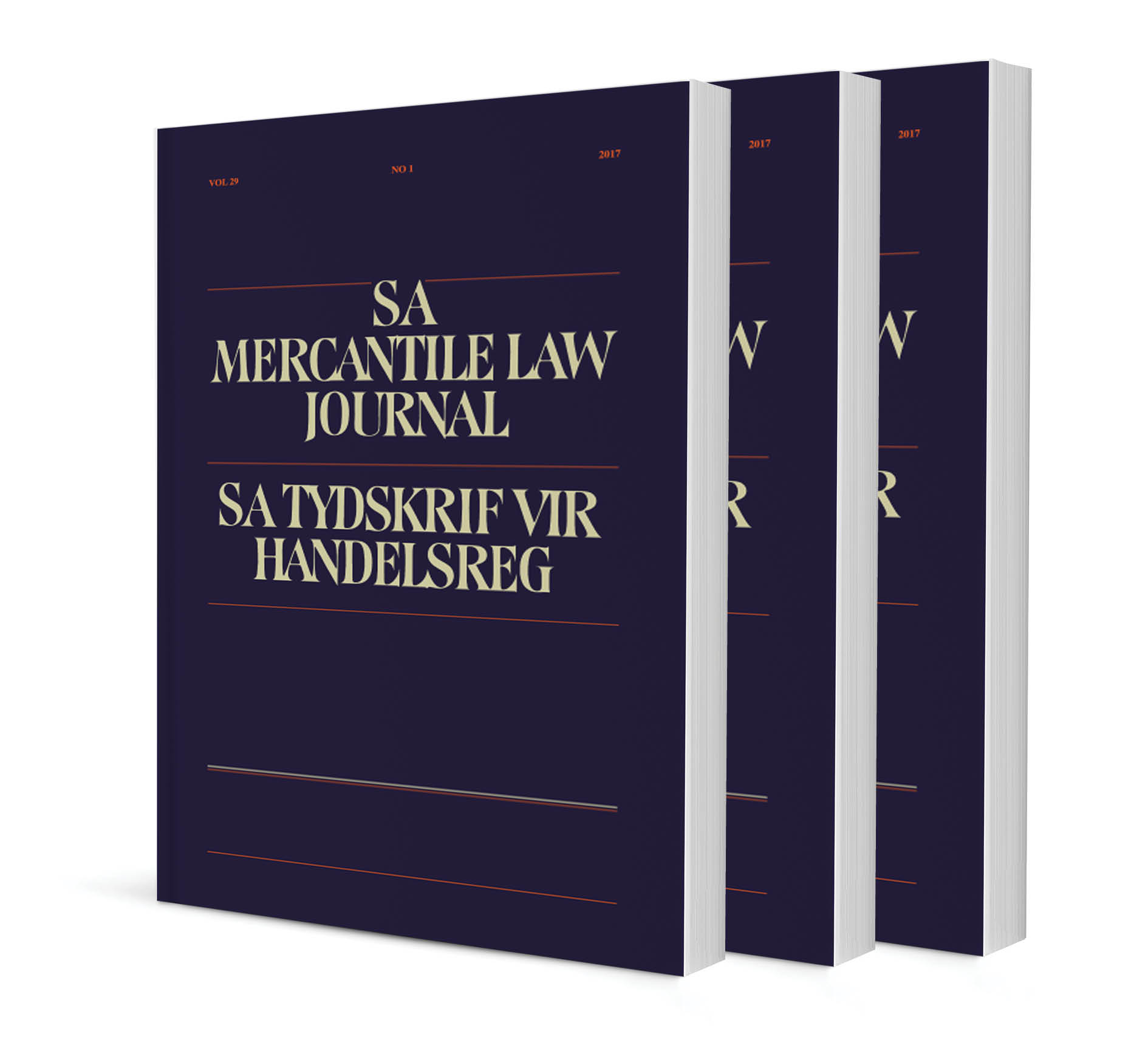
Evaluating South Africa’s maternity protection legal regime applicable to non-standard female workers’ compliance with the Maternity Protection Convention 183 of 2000
Authors: Mpho Mhlongo & Clarence Itumeleng Tshoose
ISSN: 1996-2185
Affiliations: Lecturer, School of Law, University of Limpopo; Professor of Labour and Social Security Law, School of Law, University of Limpopo
Source: South African Mercantile Law Journal, Volume 35 Issue 3, 2023, p. 298 – 326
https://doi.org/10.47348/SAMLJ/v35/i3a3
Abstract
This article scrutinises maternity protection for women engaged in non-standard employment relationships in South Africa. It examines the current employment laws that provide maternity protection to females engaged in non-standard work. It is submitted that the insufficient protection afforded to these employees means that they do not enjoy the four-month maternity leave afforded to female employees in terms of section 25(1) of the Basic Conditions of Employment Act 75 of 1997. To alleviate this challenge facing female non-standard workers, the International Labour Organization introduced the Maternity Convention 183 of 2000 (‘the Convention’). This Convention accommodates and protects females engaged in non-standard work. However, the challenge lies in the failure to ratify the Convention, which has resulted in the provisions of the Convention not being operationalised in South Africa. It is submitted that its ratification could enhance the maternity protection of workers engaged non-standard work. For example, Article 4 of the Convention provides for inclusive access to maternity leave for all women, regardless of their employment contract. This provision calls for access to maternity leave of at least 14 weeks, and a compulsory leave period of six weeks after childbirth should be made accessible to the mother, in order to give her sufficient time to rest and recover before going back to work.